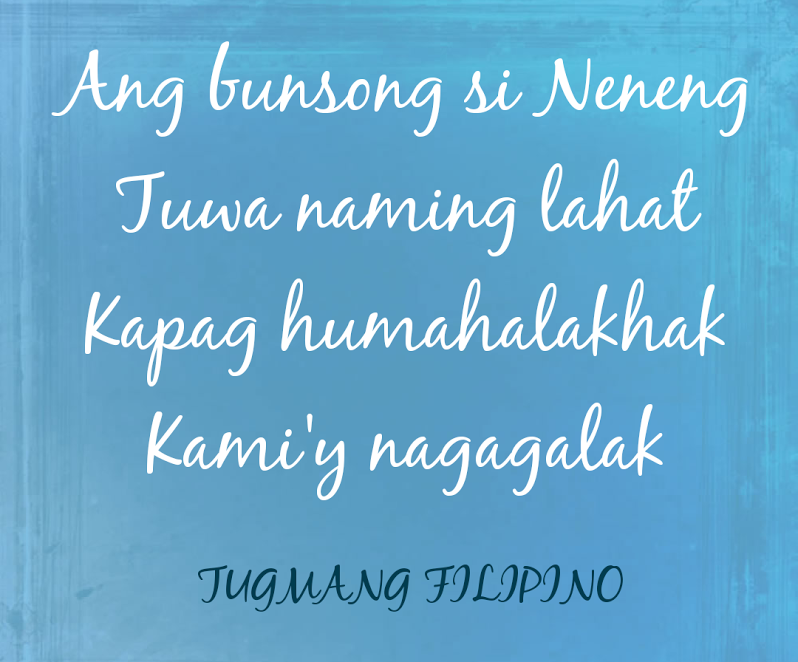Unrhymed Verse: Exploring the Power of Free Verse Poetry
Have you ever felt constrained by the rigid rules of traditional poetry? Yearned to express yourself without the confines of rhyme and meter? There's a liberating form of poetic expression that allows for just that: unrhymed verse, often referred to as free verse. This article explores the fascinating world of poetry without rhyme, delving into its history, examining its unique characteristics, and uncovering its power to unlock creative potential.
Unrhymed verse, in its essence, is poetry that doesn't adhere to a fixed rhyme scheme or metrical pattern. Unlike traditional forms like sonnets or haikus, free verse allows poets to structure their work based on the natural rhythms of speech and the flow of ideas. This seemingly simple concept has revolutionized the landscape of poetry, offering a fresh and dynamic approach to self-expression.
The origins of free verse can be traced back to various historical influences, including ancient biblical psalms and the work of 19th-century French poets like Walt Whitman and Arthur Rimbaud. These pioneers challenged conventional poetic norms, paving the way for a new era of literary freedom. The rise of modernism in the early 20th century further solidified the place of free verse in the poetic canon, with poets like T.S. Eliot and Ezra Pound embracing its flexibility and expressive potential.
The significance of unrhymed verse lies in its ability to capture the nuances of human experience in a way that traditional forms often struggle to achieve. By discarding the constraints of rhyme and meter, poets can focus on the natural cadences of language, mirroring the rhythms of thought and emotion. This allows for a more direct and authentic connection between the poet and the reader.
One of the main issues surrounding unrhymed verse is the misconception that its lack of structure equates to a lack of artistry. However, crafting effective free verse requires a keen ear for rhythm and a deep understanding of how language works. Poets must carefully consider line breaks, enjambment, and the overall flow of their words to create a cohesive and impactful piece. It's about crafting a different kind of music, one built on the inherent rhythms of language itself.
Free verse examples abound in contemporary poetry. Consider the work of poets like Billy Collins, whose conversational style and insightful observations resonate with readers. Or explore the powerful imagery and evocative language of Louise Glück. These poets, and countless others, demonstrate the versatility and expressive power of unrhymed verse.
One benefit of writing in free verse is the freedom to experiment with form. Poets can play with line length, stanza breaks, and visual presentation to create unique and engaging poems. Another benefit lies in the ability to focus on the natural rhythms of language, crafting a more authentic and conversational tone. Finally, free verse encourages a deeper engagement with the meaning and emotional resonance of words, pushing poets to find new and innovative ways to express themselves.
Advantages and Disadvantages of Free Verse
| Advantages | Disadvantages |
|---|---|
| Freedom of expression | Can be perceived as lacking structure |
| Natural rhythm and flow | Requires a strong command of language |
| Emphasis on meaning and emotion | Can be difficult to master |
Frequently Asked Questions:
1. What is free verse? - Free verse is poetry without a regular rhyme scheme or metrical pattern.
2. Is free verse easier than rhymed poetry? - While it appears simpler, free verse requires a deep understanding of language and rhythm.
3. Who are some famous free verse poets? - Walt Whitman, T.S. Eliot, Ezra Pound, and many contemporary poets.
4. How do I write free verse? - Focus on the natural rhythms of your language and experiment with line breaks and stanza structure.
5. Can free verse have any structure at all? - Yes, it can have structure through devices like repetition, alliteration, and assonance.
6. Is free verse considered "real" poetry? - Absolutely. It's a recognized and respected form of poetic expression.
7. How can I improve my free verse writing? - Read widely, practice regularly, and experiment with different techniques.
8. Where can I find examples of free verse? - Many anthologies and online resources offer a wealth of free verse poetry.
In conclusion, unrhymed verse, or free verse, stands as a powerful testament to the evolving nature of poetic expression. While it may appear less structured than traditional forms, its strength lies in its ability to capture the authentic rhythms of thought and emotion. By breaking free from the constraints of rhyme and meter, free verse empowers poets to explore new avenues of creativity, forging a deeper connection with their readers. Embracing this liberating form allows poets to unlock the true potential of language, crafting poetry that resonates with the complexities of the human experience. So, dare to break free from the traditional, experiment with the fluidity of free verse, and discover the power of unrhymed expression.

PAKSA: Panitikan sa Panahon ng Hapones: Tanaga at Haiku | YonathAn-Avis Hai

may sukat na walang tugma halimbawa | YonathAn-Avis Hai

Maikling Tula Para Sa Magulang | YonathAn-Avis Hai

may sukat na walang tugma halimbawa | YonathAn-Avis Hai

may sukat na walang tugma halimbawa | YonathAn-Avis Hai

may sukat na walang tugma halimbawa | YonathAn-Avis Hai

may sukat na walang tugma halimbawa | YonathAn-Avis Hai

may sukat na walang tugma halimbawa | YonathAn-Avis Hai

may sukat na walang tugma halimbawa | YonathAn-Avis Hai

may sukat na walang tugma halimbawa | YonathAn-Avis Hai

may sukat na walang tugma halimbawa | YonathAn-Avis Hai

may sukat na walang tugma halimbawa | YonathAn-Avis Hai

may sukat na walang tugma halimbawa | YonathAn-Avis Hai

may sukat na walang tugma halimbawa | YonathAn-Avis Hai